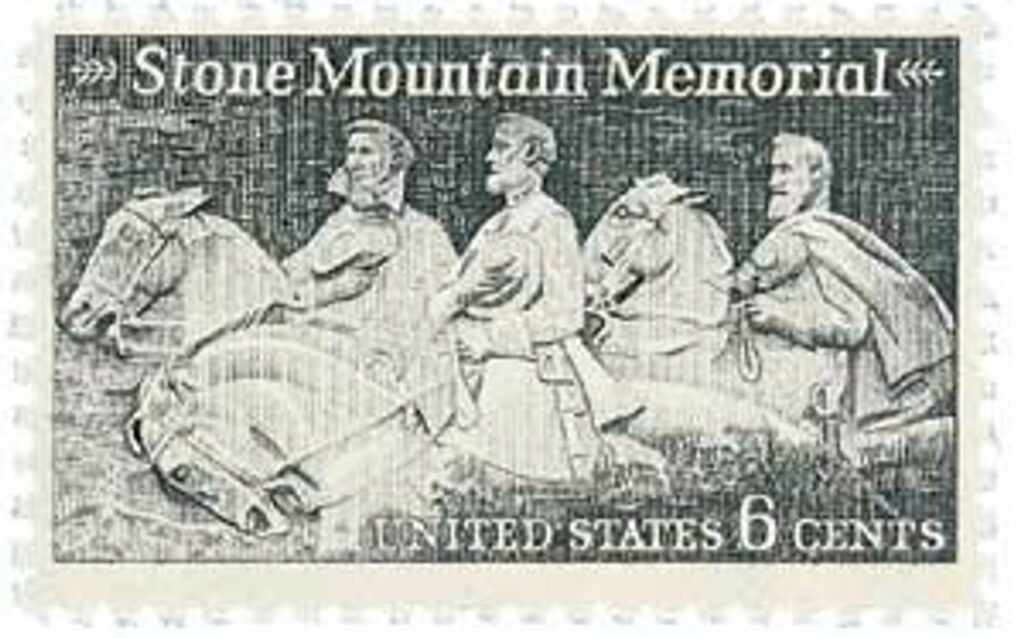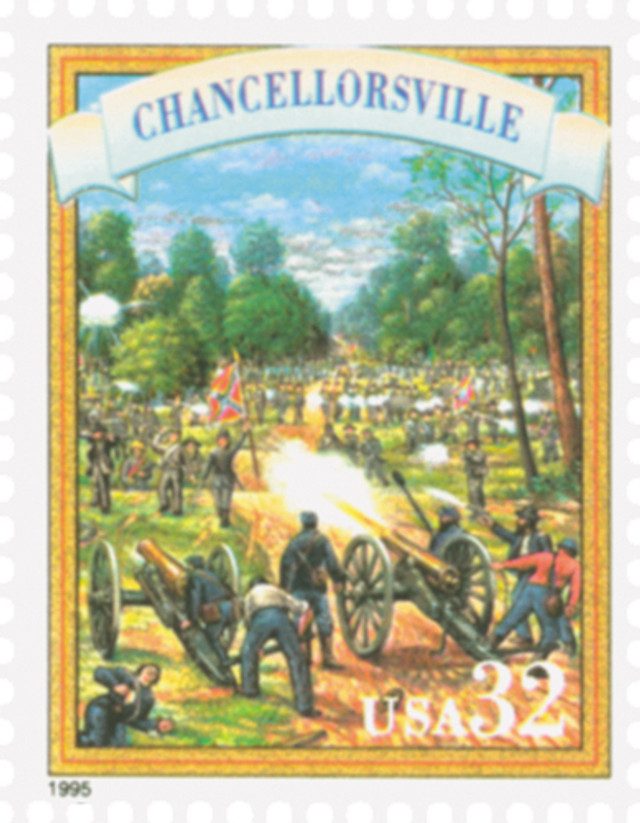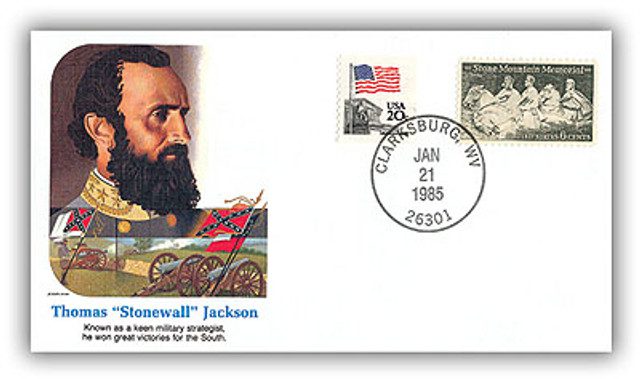On May 2, 1863, Thomas “Stonewall” Jackson was mortally wounded at the battle of Chancellorsville.
The man considered to be one of the most gifted tactical commanders in the United States’ history began life humbly. His great-grandparents arrived in America on a prison ship, indentured for committing larceny in London. Jackson was born January 21, 1824, in present-day Clarksburg, West Virginia.
Jackson’s father and sister died of typhoid fever in 1826, and his mother a few years later. He shuttled between relatives for years, before finishing his education at West Point. Classmates there recalled he was so poorly trained in social skills he didn’t know which knife or fork to use at a meal. Jackson began at the bottom of his class, yet graduated 17th. While serving in the Mexican-American War, he earned more promotions than any other officer.
In 1859, Jackson bought a home in Lexington, where he taught, though he was considered a poor teacher, earning the nickname “Tom Fool.” He also organized Sunday school classes for enslaved and free blacks. It was the only home he ever owned, and Jackson would live in it for just two years before leaving his pregnant wife for the Civil War. He would never return.
While an instructor at the Virginia Military Institute, Jackson and his artillery were sent to Harper’s Ferry to stand guard at the execution of the abolitionist John Brown. When the Civil War began, Jackson became a Confederate officer. Jackson relentlessly drilled Confederate troops that would become known as the “Stonewall Brigade.”
When Confederate troops appeared to be losing the First Battle of Bull Run on July 21, 1861, it was Jackson’s men who reinforced them at Henry House Hill and stopped the Union assault. Another general reportedly urged his overwhelmed men to reform their lines by pointing at Jackson, who was “standing like a stone wall.” Following the Confederate victory, Jackson was promoted to major general and headquartered in Winchester, Virginia, with command of the Valley District.
Jackson emerged as one of the most charismatic generals of the Confederacy – a force of nature that bedeviled Union leaders and struck fear in the nation’s capital. Said Jackson, “Always mystify, mislead and surprise the enemy; and when you strike and overcome him, never let up in the pursuit. Never fight against heavy odds if you can hurl your own force on only a part of your enemy and crush it. A small army may thus destroy a large one, and repeated victory will make you invincible.”
With Stonewall in command, his men defeated the Union Army single-handedly in three different battles even though they were outnumbered 4 to 1. His aggressive strategy kept McDowell guessing throughout the Valley Campaign. Never confident where Jackson might strike – or even where his army was – McDowell was forced to detach significant numbers of troops to guard Washington and other strategic locations.
Unaware Jackson’s orders were only to guard Richmond, Lincoln made his defeat a priority. McDowell and John C. Frémont were ordered to converge forces at Strasburg and cut off his escape route in the Shenandoah Valley. Moving with remarkable speed, the 17,000-member Stonewall Brigade traveled 646 miles in 48 days and won five stunning victories against a combined Union force of 60,000 men.
Jackson’s fame grew in proportion to his stunning successes. At the Second Battle of Bull Run, he captured all the supplies in the Union Army depot. At Fredericksburg, his men held off a strong Union assault that helped lead to Confederate victory. At Chancellorsville, Lee sent Jackson’s men on one of the most daring missions of the war, ending with a significant Confederate victory against a Union army twice its size.
Then, on the night of May 2, as Jackson and his staff were returning to camp, the 18th North Carolina Infantry mistook them for a Union Cavalry force. The North Carolina troops shouted “Halt, who goes there?” To which Jackson’s staff frantically shouted numerous replies. They weren’t convinced, believing it to be a “Yankee trick,” and fired on Jackson and his men. Jackson was hit three times and several of his men and their horses were killed. In the ensuing confusion, Jackson was dropped from his stretcher while his men came under artillery fire. After his arm was amputated, Thomas C. Chandler offered his plantation as a recovery site, but Jackson suggested using his office instead. While his doctors believed he would recover, Jackson had developed pneumonia and eventually died on May 10.
Jackson’s last words were, “Let us cross over the river, and rest under the shade of the trees.” While Robert E. Lee had won his most stunning victory of the war at Chancellorsville, he lost the man he described as his “right arm.”
| FREE printable This Day in History album pages Download a PDF of today’s article. Get a binder or other supplies to create your This Day in History album. |
Discover what else happened on This Day in History.






If only people would read and understand history, we might not so often repeat it. This stamp collecting hobby of mine has afforded me a better education of history and geography than ever taught at any school. Thank you Mr. Sundman!
This should be required reading in schools today. Once again thank you Mystic.
A great military leader to be sure. Too bad he ignored the oath of allegiance he took to be an officer in the U.S. Army and later fought against the country that educated him at West Point. Many Southerners did the alme thing, but that doesn’t make it right.
Stonewall Jackson’s left arm is buried in Ellwood Manor in Locust Grove Virginia. There is a sign on I-95 indicating the exit to this tourist attraction that we located.
Thomas, Stonewall, Jackson was born in Virginia. There was no West Virginia until the Civil War!
These Mystic history lessons are priceless- Thank you!